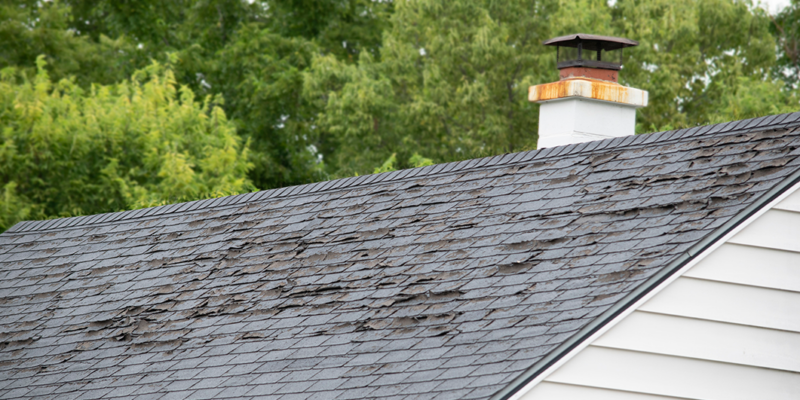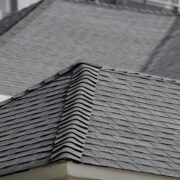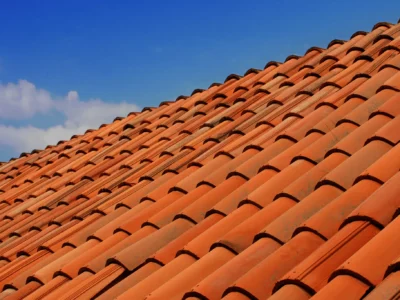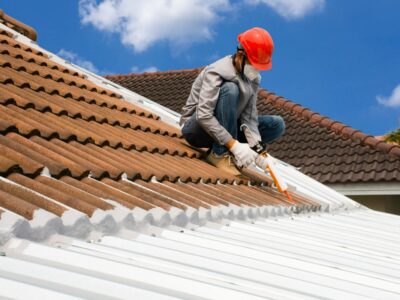If you’re experiencing a problem with your residential roof or siding, there are a few standard solutions you can try. For example, if your roof leaks, there are tips you can use to stop it.
You can also keep moss from blocking your gutters. Other problems include trees, rusting flashing, and leaks around different parts of the roof.
Keeping Moss from Blocking your Gutters
Moss is a tiny green plant that grows on the surface of roofs. It is known to cause much water damage, including leaks. In addition, it can be a breeding ground for insects and diseases. Moss in your gutters can also cause your gutter system to sag.
The best way to keep moss from blocking your gutters is to have them cleaned at least twice a year. If you do not have time to do this yourself, you can hire a company to do the job for you.
You will need a soft-bristled scrubbing brush and a roof rake to clean a moss-filled gutter. Moss can be killed with a 50-50 solution of household bleach and water. This method can be used in your home if you don’t use chlorine-based bleach.
Moss on your roof can cause severe problems if left unattended for a long time. It can clog your gutters, cause your roof to rot, and lead to leaks.
Step Flashing Rusts Through and Into the House.
Step flashing is a metal product bent to form an “L” shape. It’s used to channel water away from your home. This type of metal is primarily found around the chimney or other vertical surfaces on your roof. They’re also popular with different kinds of flashing, such as counter flashing.
In its simplest form, a step flashing is a small piece of steel or aluminum bent at 90 degrees. Typically, it measures 10″ x 8″ and is available in a painted or unpainted finish. The primary purpose is to direct water away from the roofing and siding of your home.
Another version of step flashing is continuous flashing or apron flashing. These long pieces of metal have expansion joints built into them. However, they may break or warp in the course of changing seasons.
You can use many different materials to make your step flashing. Aluminum is the most common. If you’re looking for good quality material, consider copper. Copper has a rust-resistant coating and can last a lifetime. Galvanized steel is another excellent choice. Steel is stronger and more resistant to heavy impacts.
Leaks Around Other Areas of the Roof’s Flashing
Roof leaks are caused by faulty or damaged flashing, a thin metal that prevents water from entering your home. Flashing is installed around the edges of your roof, including skylights and plumbing vents. It helps to keep water out of your building, which is essential because it can cause all kinds of damage.
High winds can break and loosen the flashing during storms, allowing water to leak into your home. Even the most minimal of leaks can have a severe impact on your home. If you do not fix the problem immediately, it can lead to mold growth and structural damage.
There are three main techniques for fixing roof leaks. One involves removing old caulk and replacing it with new silicone caulk. Another approach consists in installing new flashing.
Whether you’re looking for roof repair for a residential or commercial building, a trained expert can help. Getting a professional to inspect your flashing and fix any problems will ensure that your home remains dry and safe.
Trees Can be a Problem for Your Roof.
Trees can add to the beauty of your home’s exterior, but they can also be a problem. They can provide shade, reduce roof longevity, and cause structural damage. It’s a good idea to inspect your tree regularly for signs of wear and to remove problem branches.
Strong winds can uproot trees. In some cases, the entire tree may fall on your home. This can be catastrophic.
If you have a large tree on your property, consider a professional to trim it. An arborist knows when to remove problem branches.
Mature trees are a great addition to your landscape but can pose a risk to your home. They can attract animals, who will choose your roof for a home. Squirrels, for example, love mature trees.
The tips of tree branches should be six to ten feet from your home. Otherwise, they can dangle and damage shingles.
Tree roots can block drains, cause water to back up, and cause water damage. A strong wind can send projectiles toward your home when a storm hits. Branches that overhang your house can also damage your flashing.










Comments